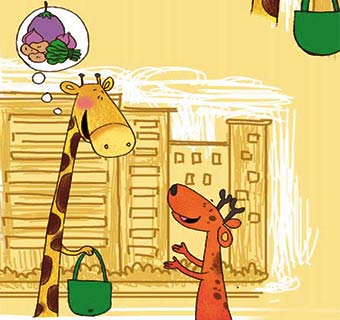Q. While eating, how do herbivorous animals recognize the poisonous plants from nonpoisonous plants?
-Loehith Gokul, 9 years, Atlanta

A: Dear Loehith, Herbivores learn by watching their mothers and other group members eating. They must continuously taste food, even to that food to which they are used to because the nutrition’s and toxicity of plants change frequently. If the food does not cause the animal to feel ill, then they will continue eating the plant. For instance, deer and antelope always nibble a tiny part of a plant, then pause, and then continue to eat it if it is not poisonous. As poisonous plants are usually bitter, herbivores discover them in the first nibble and move on. This way they learn which plants are the best to eat. Elephants need a wide variety of foods to get all the nutrients. All elephants grow up in a herd and – learn what to eat and what can’t be eaten from their elders. They also learn where to go at what time of year to find certain foods. They also dig up minerals from the ground in order to supplement their diet.
Q. What food can I give to the squirrels living near my house?

Rishika Agarwal, 11 years, Ranchi
A: Squirrels love peanuts, corn, carrot pieces, apples, seeds, any fruit, even small pieces of roti and cooked rice. You should give them food at the same time and place every day as all animals are creatures of habit and get used to a specific schedule. Don’t go near them. Just leave the food for them and observe from a distance.













COMMENT